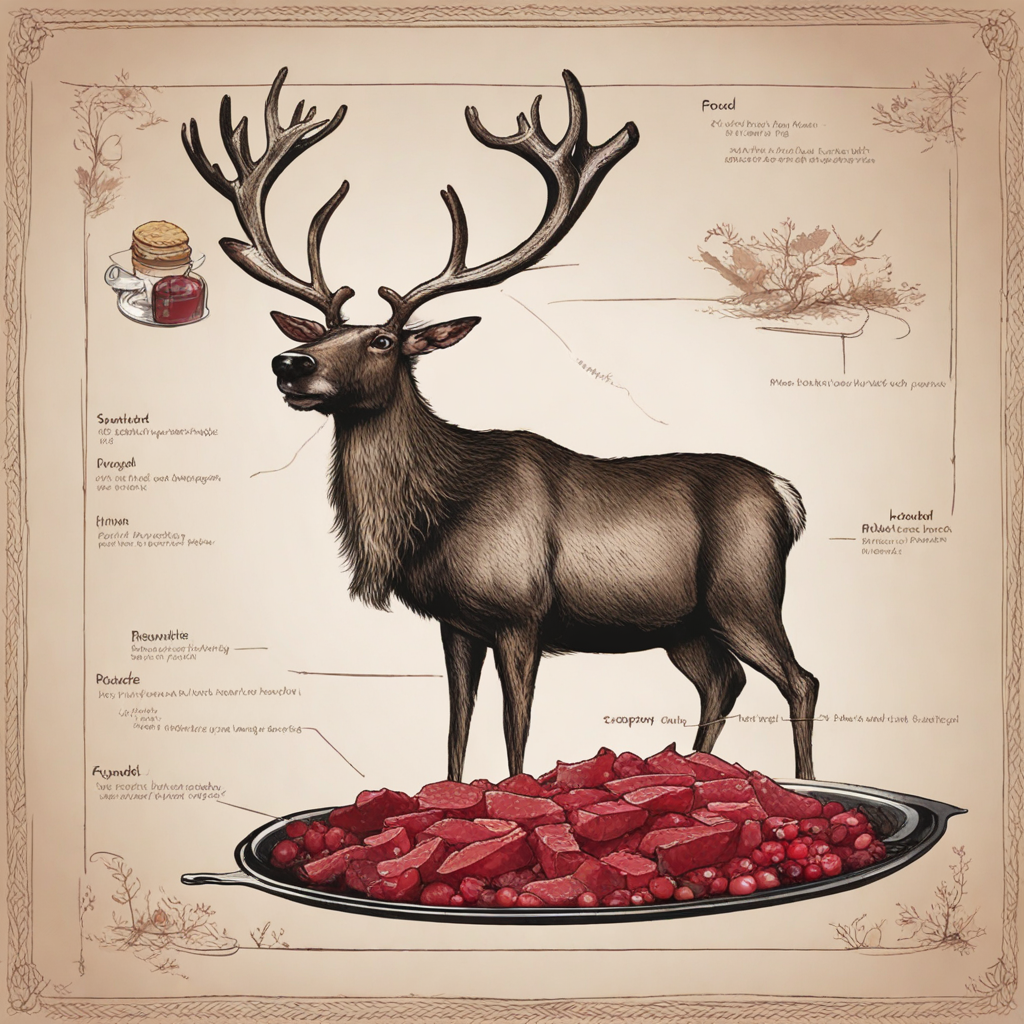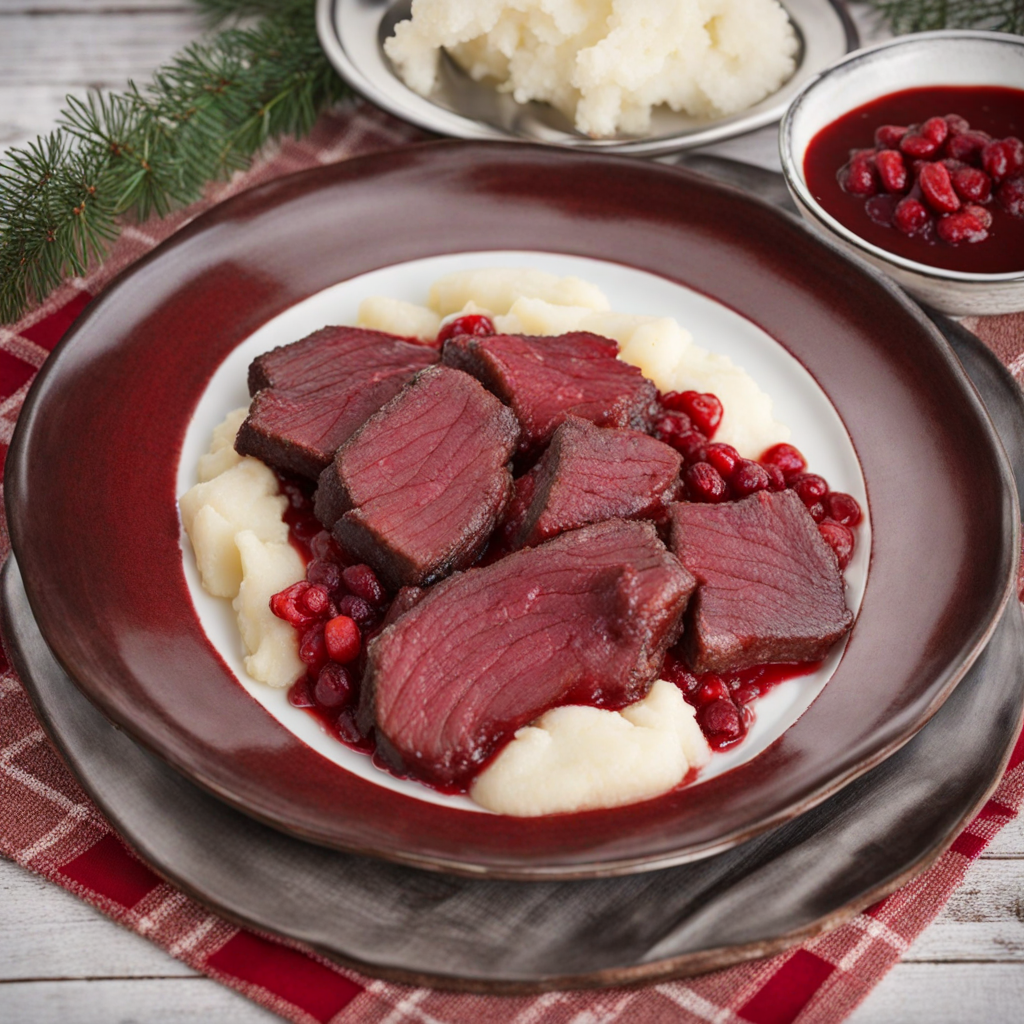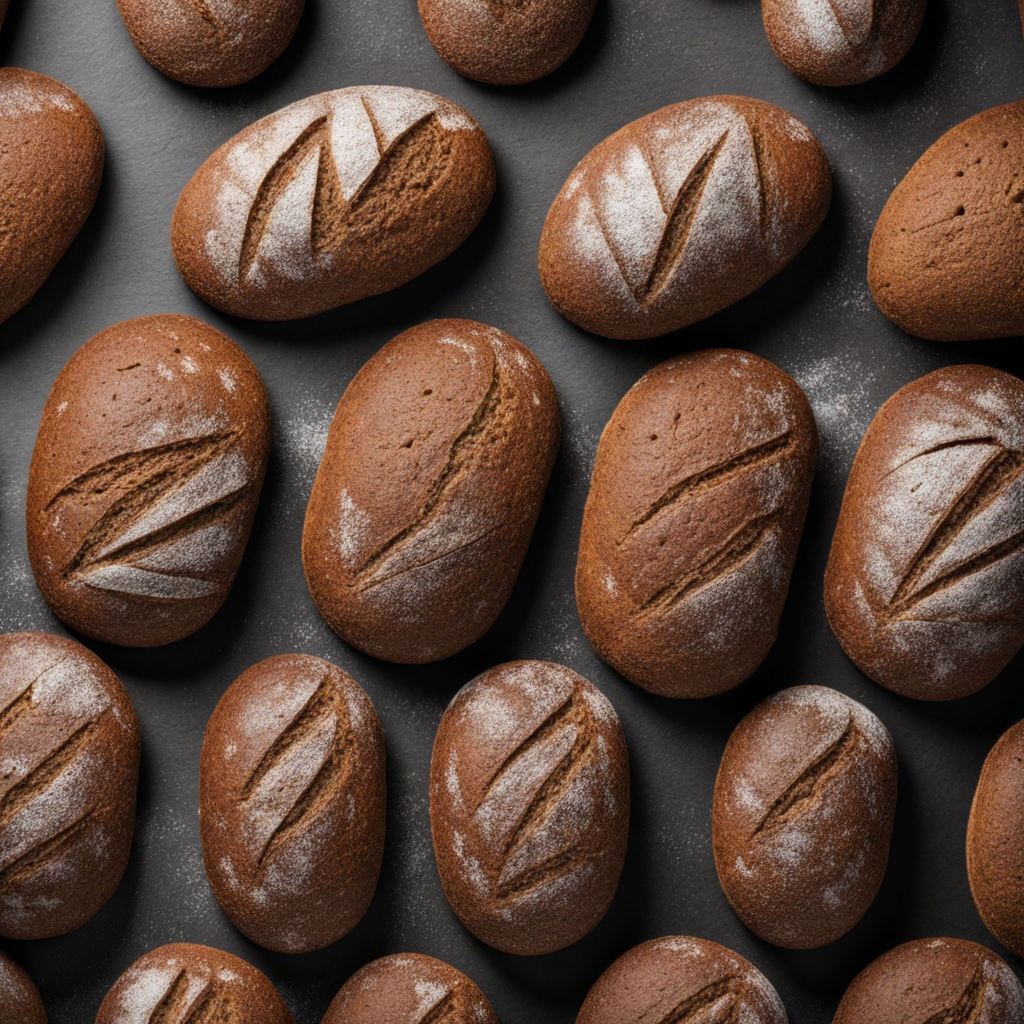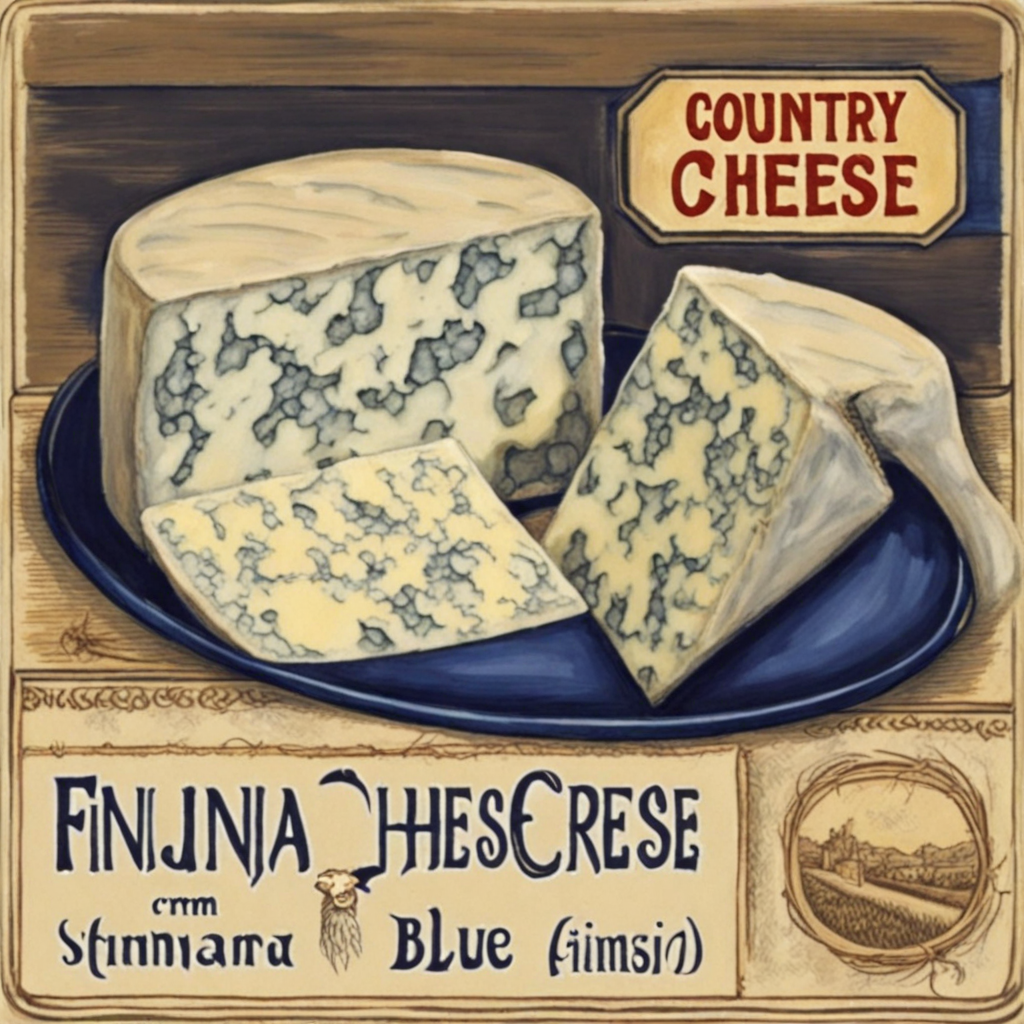Reindeer Meat
Reindeer meat, a traditional delicacy in Finland, offers a unique taste experience that reflects the country's rich cultural heritage and connection to nature. The meat is lean and tender, often described as having a slightly sweet, gamey flavor that sets it apart from more commonly consumed meats like beef or pork. Its distinctive taste is influenced by the reindeer's natural diet, which consists of lichen, moss, and other vegetation found in the Arctic tundra. This results in a depth of flavor that can be both earthy and subtly aromatic, making it a cherished ingredient in Finnish cuisine. Commonly prepared in various ways, reindeer meat can be enjoyed as steaks, stews, or even dried and sliced thinly for a savory snack. One popular dish is "poronkäristys," a sautéed reindeer dish often served with mashed potatoes and lingonberry sauce, which complements the meat's rich flavor with a touch of tartness. The meat can also be smoked or cured, enhancing its taste and providing a delightful contrast to the natural sweetness of the meat. Whichever way it is prepared, reindeer meat is versatile and can adapt to various culinary styles while maintaining its unique character. In addition to its remarkable flavor, reindeer meat is also celebrated for its nutritional benefits. It is a great source of protein, low in fat, and rich in essential vitamins and minerals, making it a healthy choice for those looking to explore new tastes. For those adventurous eaters seeking an authentic Finnish experience, reindeer meat not only satisfies the palate but also offers a glimpse into the traditions of the Sámi people and their sustainable practices in reindeer herding, which have been passed down through generations. Discovering reindeer meat is an invitation to savor the untamed flavors of Finland's wilderness.
How It Became This Dish
The History of Poronkäristys: A Taste of Finnish Heritage Poronkäristys, often translated as "sautéed reindeer," is not just a dish but a cultural emblem deeply rooted in the traditions of the Sámi people of Northern Finland and the broader Finnish Arctic region. It encapsulates the resilience and adaptability of a community that has thrived in one of Europe's harshest climates. This dish, rich in flavor and history, serves as a testament to the intricate relationship between the people, their environment, and the food they create. #### Origins The origins of poronkäristys can be traced back to the Sámi people, an indigenous group whose ancestral lands span across the northern parts of Finland, Sweden, Norway, and Russia. The Sámi have herded reindeer for centuries, relying heavily on this animal for sustenance, clothing, and even shelter. The reindeer, particularly, holds a sacred place in Sámi culture; it is not merely a source of food but a vital part of their identity and way of life. Traditionally, poronkäristys was made by sautéing thinly sliced reindeer meat, often with onions and butter, sometimes incorporating root vegetables. The preparation method reflects the Sámi's resourcefulness, utilizing what was available in their environment. This dish exemplifies the concept of 'hunting and gathering' and the importance of seasonal foods in their diet, adapting to the harsh Arctic conditions where preservation and efficient use of resources were crucial for survival. #### Cultural Significance Poronkäristys is more than just a meal; it symbolizes the Sámi’s connection to nature and their sustainable practices. The act of reindeer herding is not only an economic activity but also a cultural tradition that has been passed down through generations. The Sámi people celebrate the annual migration of reindeer, which aligns with the changing seasons, and this connection to the land is reflected in their culinary practices. The dish is often enjoyed during festive occasions, including Sámi National Day, which is celebrated on February 6th, and Christmas celebrations. It is typically served with traditional accompaniments such as mashed potatoes, lingonberry sauce, and sometimes pickled vegetables. The combination of flavors creates a hearty meal that nourishes the body and soul, bringing families and communities together. Moreover, poronkäristys has become a symbol of Finnish cuisine in general, celebrated for its unique taste and the way it embodies the Finnish respect for nature. As Finland has gained recognition for its culinary scene, dishes like poronkäristys have played a pivotal role in showcasing the country’s rich gastronomic heritage. #### Development Over Time The evolution of poronkäristys reflects broader changes in Finnish society, especially in the 19th and 20th centuries. As Finland underwent industrialization and urbanization, traditional practices began to wane. However, there has been a revival of interest in traditional foods as people seek to reconnect with their roots and promote sustainable eating practices. In the post-war era, as Finland rebuilt itself, there was a renewed appreciation for traditional foods. Poronkäristys found its way into restaurants and homes, becoming a staple in Nordic cuisine. Chefs began to experiment with the dish, incorporating modern cooking techniques and presentation styles while still honoring its traditional roots. This balancing act of innovation and tradition allowed poronkäristys to maintain its authenticity while appealing to contemporary palates. In recent years, there has been an increasing interest in indigenous foods and culinary practices, leading to a renaissance of traditional dishes. The Sámi people have begun to promote poronkäristys not just as a meal but as a heritage symbol, emphasizing its importance in Sámi identity. This resurgence has also led to increased awareness of the challenges faced by reindeer herders in the modern world, including climate change and socioeconomic pressures. Furthermore, Finland's commitment to sustainability has influenced how poronkäristys is prepared and served. Many chefs now source their reindeer meat from local herders who practice ethical and sustainable farming. This not only supports the local economy but also reinforces the connection between food and the environment, a principle that is at the heart of Finnish culinary philosophy. #### Today’s Poronkäristys Today, poronkäristys can be found in a variety of settings, from traditional Sámi huts to upscale restaurants in Helsinki. Its preparation has become a culinary art, where chefs emphasize quality ingredients and traditional techniques. The dish has also gained international recognition, appearing on menus in fine dining establishments around the world, often as part of a larger narrative that highlights Finnish culture and the importance of indigenous foods. In contemporary Finnish cuisine, poronkäristys is often paired with local ingredients such as root vegetables, forest mushrooms, and berries, which contribute to the dish's depth and complexity. The use of lingonberries, a staple in Finnish cuisine, provides a tart contrast to the rich, savory reindeer meat, creating a harmonious balance that is characteristic of Finnish cooking. #### Conclusion Poronkäristys is more than just a dish; it is a celebration of Finnish heritage, sustainability, and the enduring spirit of the Sámi people. Its rich history reflects the challenges and triumphs of a community that has adapted to its environment while maintaining a deep connection to its traditions. As the world continues to evolve, poronkäristys stands as a reminder of the importance of preserving cultural identities through food. In a globalized world where food trends come and go, the story of poronkäristys serves as an inspiring example of how traditional foods can thrive and evolve, fostering a sense of pride and community. As we savor each bite of this delicacy, we partake in a culinary journey that spans centuries, connecting us to the land, the people, and the rich tapestry of Finnish history.
You may like
Discover local flavors from Finland







